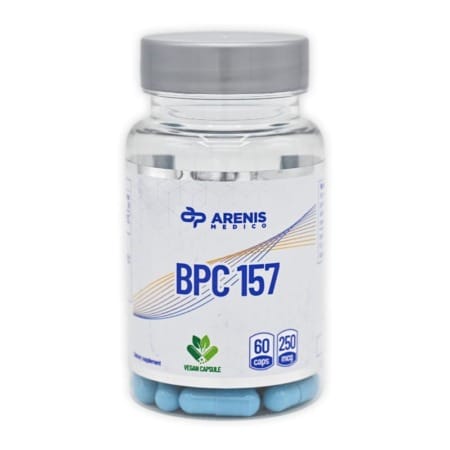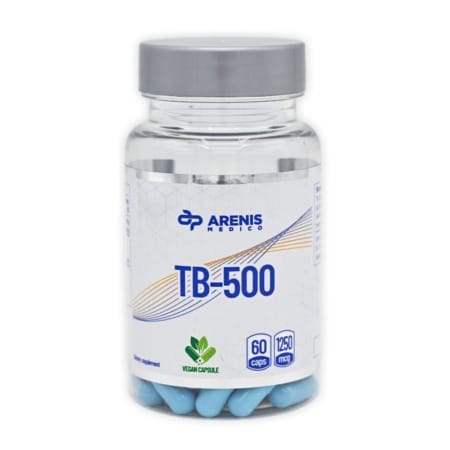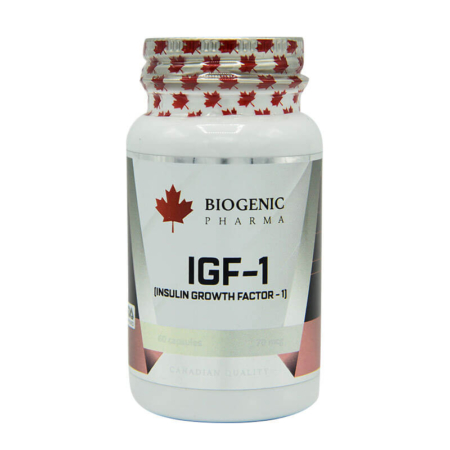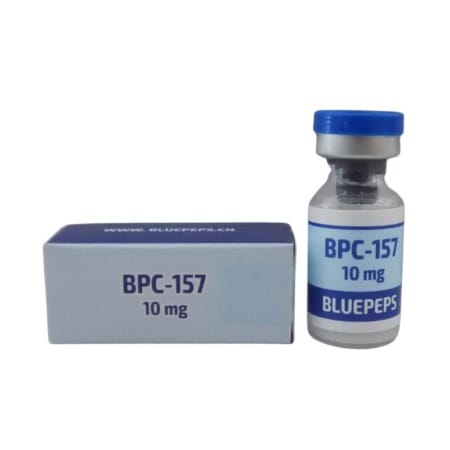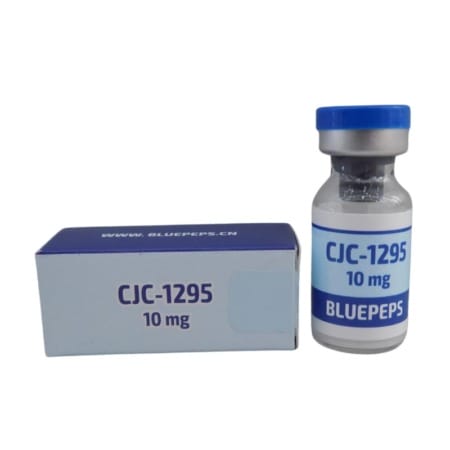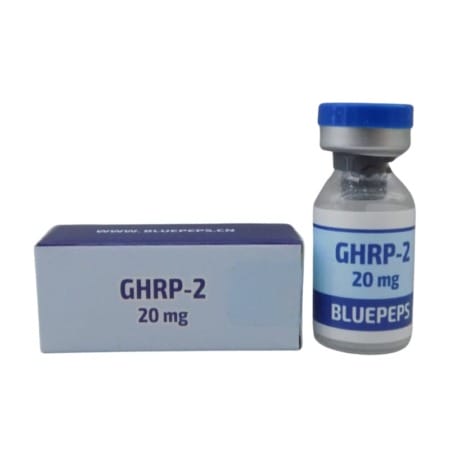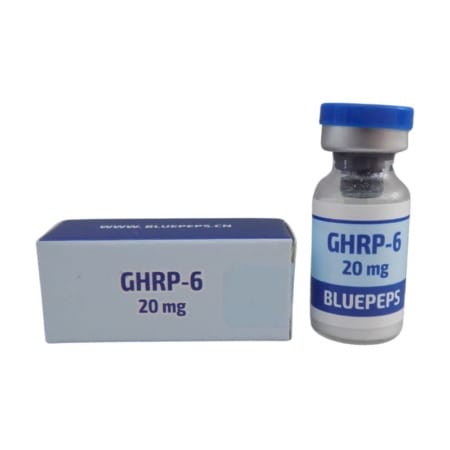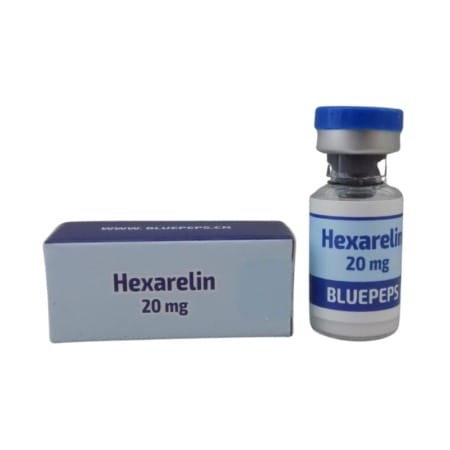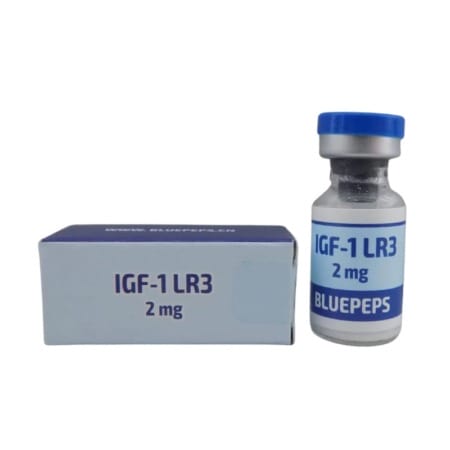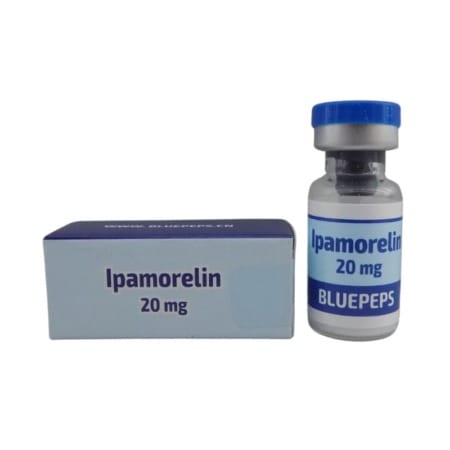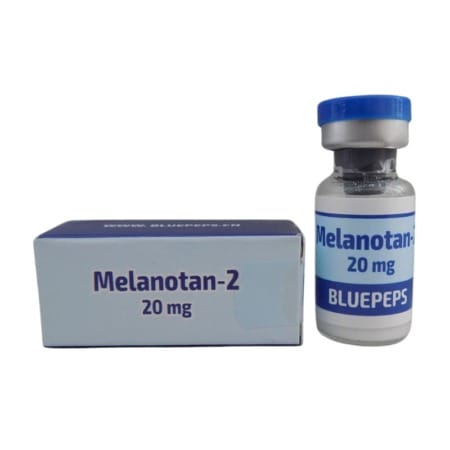Follistatin – The Myostatin Blocker for Increased Muscle Mass
Follistatin is a naturally occurring glycoprotein known for its ability to promote muscle growth and block myostatin, a protein that inhibits muscle development. As a secreted glycoprotein, Follistatin is present in nearly all tissues and is produced by various cell types, including skeletal muscle cells, adipocytes, and liver cells. It plays broad biological functions in muscle growth, metabolism, and reproductive health. Follistatin is produced primarily in the liver and nearly all body tissues, highlighting its systemic importance. Due to its growing popularity among bodybuilders and athletes, Follistatin is increasingly being used in the fields of bodybuilding, regeneration, and anti-aging therapies. Whether you want to buy Follistatin, learn more about its effects, or explore the applications of Follistatin 344, this article provides all the essential information about Follistatin, including its uses, benefits, and potential risks.
What is Follistatin?
Follistatin is a glycoprotein naturally produced in the human body, primarily in the liver, muscles, and fat tissue. Follistatin is part of a family of follistatin isoforms, including FST317 precursor, FST344 precursor, and several others (X1, X2, X3, X4, X5, X6, X7, X8), produced through alternative splicing. It can also be biotechnologically manufactured using specialized bacteria like E. coli, enabling efficient and controlled production. Its primary function is to inhibit the activity of myostatin, a protein that limits muscle growth. FST-315 is the predominant form and predominant isoform of follistatin in human circulation.
Follistatin is part of the Inhibin-Activin-Follistatin axis, where Activin plays a central role in regulating various biological processes, including embryonic development and hormone production. Follistatin interacts with transforming growth factor beta (TGF-β) family members, including activins and bone morphogenetic proteins, by binding to type II receptors such as ActR-IIA and ActR-IIB, modulating their signaling pathways.
Myostatin exists in the body to regulate muscle growth and maintain a balance between muscle and fat mass, which is evolutionarily important for energy efficiency and survival. It evolved to prevent excessive muscle mass, which could unnecessarily increase the body’s energy demands. Resistance training has been shown to effectively reduce myostatin levels and increase follistatin levels in adults, further emphasizing the dynamic interplay between exercise and these regulatory proteins.
Abnormalities in follistatin and activin activity are linked to reproductive conditions such as polycystic ovary syndrome and can affect levels of follicle stimulating hormone, impacting reproductive health.
The specific variant Follistatin 344 is particularly known for its strong effects on muscle growth. It is widely used in research and bodybuilding to enhance muscle mass and support regeneration. Researchers are exploring Follistatin and related molecules to develop new approaches for influencing muscle growth and creating therapeutic options for muscle-related diseases. For example, the Follistatin analog FST-dHBS-hFc has shown effective results in increasing muscle mass and bone density in animal studies. Additionally, Follistatin gene therapy with adeno-associated virus (AAV1-FS344) has been shown to enhance muscle growth and strength in nonhuman primates, demonstrating its potential for therapeutic applications.
Follistatin isoforms (X1-X8, FST317 precursor, FST344 precursor) have been identified through filtered NCBI Homo sapiens datasets, NCBI Homo sapiens annotation, Homo sapiens annotation release, sapiens annotation release 110, nc_060929.1 alternate t2t chm13v2.0, nc_000005.10 reference grch38 p14, ncbi refseq annotation gcf_000001405.40, aggregate filtered ncbi homo, and refseq annotation gcf_000001405.40 rs_2024_08, highlighting the diversity of mRNA transcript variants and protein products.
Follistatin is now also available as a peptide supplement, commonly administered via injections or other forms.
Follistatin Effects – How Does It Work?
The effects of Follistatin are based on its ability to block myostatin. Follistatin inhibits myostatin activity, which is a negative regulator of muscle growth. Myostatin is a protein that inhibits muscle growth to prevent excessive muscle mass. Follistatin also exhibits key fst functions, acting as an inhibitor within the TGF-β superfamily signaling pathways by binding to ligands such as myostatin and activins. However, injecting regular Follistatin is not effective, as it is quickly broken down by the body. Therefore, specialized formulations or analogs are developed to enhance its efficacy. Studies have shown a significant increase in muscle fiber size and muscle mass following Follistatin treatment.
Key Benefits of Follistatin:
- Muscle Growth: Follistatin promotes hypertrophy (muscle enlargement) and the formation of new muscle cells.
- Fat Loss: It supports fat reduction by boosting muscle metabolism.
- Regeneration: Follistatin accelerates the healing of muscle injuries and promotes cell regeneration.
- Anti-Aging: It improves collagen production, leading to firmer skin and a more youthful appearance.
- Bone Health: Studies show that Follistatin can also increase bone density, making it potentially useful for treating osteoporosis.
The effects of Follistatin are evident in measurable changes, such as increased muscle mass and improved bone density. It influences cell formation and function by modulating the activity of growth factors, thereby supporting cell regeneration and survival.
A significant advantage of Follistatin is its targeted action on muscle growth without negatively affecting hormonal balance.
Benefits of Follistatin
The use of Follistatin offers numerous benefits:
- Enhanced Muscle Growth: Ideal for bodybuilders and athletes looking to increase muscle mass.
- Improved Recovery: Reduces recovery time after intense training sessions or injuries.
- Targeted Fat Loss: Supports fat reduction and improves body composition.
- Anti-Aging Effects: Promotes firmer skin and a more youthful appearance.
- Bone Health: Can increase bone density and reduce the risk of osteoporosis.
Follistatin 344 – What Makes It Special?
Follistatin 344 is a specific variant of Follistatin known for its powerful effects on muscle growth. It is widely used in research and bodybuilding because it:
- Maximizes myostatin inhibition.
- Accelerates muscle growth and regeneration.
- Targets muscle cells without affecting appetite or hormonal balance.
Follistatin 344 is also being studied as a potential treatment for muscle and bone loss. Research on FST, particularly FST-dHBS-mFc, highlights its promising effects on muscle and bone mass, making it an innovative approach for treating conditions like muscle wasting and osteoporosis.
Follistatin vs. Other Peptides
Follistatin is often compared to other peptides like GHRP-2, Hexarelin, or performance-enhancing substances like SARMs. While these peptides promote the release of growth hormones, Follistatin directly targets myostatin inhibition, making it particularly effective for muscle growth.
SARMs (Selective Androgen Receptor Modulators) are also commonly used in sports and offer targeted effects on androgen receptors. Compared to Follistatin, SARMs differ in their mechanism of action, side effects, and application, especially regarding muscle gain and potential risks.
Follistatin and Insulin Resistance
Follistatin is gaining attention for its potential to improve insulin resistance, a metabolic condition where the body’s cells—especially in skeletal muscle—struggle to respond effectively to insulin. This resistance can lead to elevated blood sugar levels and is a key factor in the development of type 2 diabetes. Research indicates that follistatin acts by inhibiting myostatin, which not only promotes muscle growth but also enhances the ability of skeletal muscle to absorb glucose. By increasing the expression of glucose transporter proteins like GLUT4, follistatin supports better glucose uptake and utilization in muscle tissue. Higher circulating levels of follistatin have been observed in patients with type 2 diabetes, suggesting its potential role in managing this condition. These beneficial effects suggest that follistatin could play a supportive role in managing insulin resistance and improving overall metabolic health.
Follistatin’s Role in Cancer Development
The role of follistatin in cancer development is complex and context-dependent. As a multifunctional regulatory protein, follistatin can influence the growth and progression of various cancers, including breast, prostate, and ovarian cancers. In some cases, follistatin acts as a tumor suppressor by binding to and neutralizing activin, an activin binding protein that can drive cancer cell proliferation. For example, in breast cancer, this inhibition can result in a significant decrease in tumor growth. However, in other contexts, such as prostate cancer, follistatin’s ability to block myostatin and related growth factors may inadvertently support cancer cell survival and expansion. Because follistatin’s effects vary depending on the type of cancer and the surrounding cellular environment, ongoing research is essential to fully understand its impact on cancer development and to determine how it might be targeted for therapeutic benefit.
Follistatin and Resistance Training Enhancement
Follistatin has emerged as a promising factor in maximizing the results of resistance training. Studies show that follistatin levels naturally rise in response to resistance exercise, correlating with greater muscle growth and increased muscle strength. This is largely due to follistatin’s ability to inhibit myostatin, a negative regulator of muscle development, thereby allowing for more robust muscle hypertrophy. Follistatin levels are increased during exercise, with a peak increase observed after a three-hour exercise recovery period. The beneficial effects of elevated follistatin levels are particularly evident in individuals who engage in regular resistance training, as it supports both the formation of new muscle fibers and the repair of existing ones. For athletes and fitness enthusiasts aiming to increase muscle mass and improve performance, optimizing follistatin activity could be a key strategy for achieving superior results from their training regimen.
Genetic Reference: GRCh38 p14 Primary Assembly
The genetic foundation of follistatin is mapped to the GRCh38 p14 primary assembly, a comprehensive reference for the human genome. The follistatin gene is located on chromosome 5q11.2 and is composed of three exons that encode a protein of 344 amino acids. This protein features several important domains, including a follistatin domain, an osteonectin-like EGF domain, and a kazal type serine protease inhibitor domain, each contributing to its diverse biological functions. Through alternative splicing, the follistatin gene produces multiple isoforms, such as FST317 and FST344, which differ in their tissue distribution and specific roles in the body. Understanding the genetic structure and alternative splicing of follistatin, as detailed in the grch38 p14 primary assembly, is crucial for advancing research into its functions and for developing targeted therapies for muscle growth, metabolic disorders, and other health conditions.
Follistatin Dosage – How to Use It Correctly
The dosage and administration of Follistatin are crucial for its effectiveness. The recommended dosage varies depending on individual goals and should always follow the manufacturer’s guidelines. Follistatin is typically administered subcutaneously (under the skin) via injection to ensure optimal bioavailability.
Dosage Recommendations:
| Goal | Dosage | Frequency |
|---|---|---|
| Muscle Growth | 100–200 µg | Once daily |
| Regeneration | 50–100 µg | Once daily |
| Anti-Aging | 50 µg | 3–5 times per week |
Note: Always consult a healthcare professional to determine the appropriate dosage. The information provided does not replace professional medical advice; always seek the guidance of a qualified healthcare provider before starting any new treatment.
Follistatin and Health
Follistatin plays a central role in regulating muscle growth by inhibiting the myostatin gene, which acts as a natural “brake” on muscle development. By blocking myostatin, Follistatin promotes muscle growth and supports the formation of new muscle cells, making it particularly appealing for athletes and individuals looking to enhance their physical performance and muscle mass.
Additionally, improvements in muscle health and function due to Follistatin have been associated with increased life expectancy in animal studies.
Side Effects of Follistatin
Follistatin is generally well-tolerated, and side effects are rare. In some cases, the following effects may occur:
- Injection Site Reactions: Mild redness or swelling.
- Fatigue: Some users report slight fatigue after use.
Tip: To minimize side effects, use high-quality products and follow the recommended dosage.
FAQs About Follistatin
1. Is Follistatin Legal in the USA?
Follistatin is available for research purposes in the USA but is not approved as a dietary supplement or medication.
2. Where Can I Buy Follistatin?
You can buy Follistatin from certified suppliers specializing in peptides. Ensure the product is tested for quality and purity.
3. How Long Does It Take for Follistatin to Work?
Initial results, such as improved recovery or increased muscle growth, can be seen within a few weeks.
4. Can Follistatin Be Used in Bodybuilding?
Yes, Follistatin is commonly used in bodybuilding to promote muscle growth and accelerate recovery.
Conclusion: Follistatin – Your Key to Muscle Growth and Regeneration
Follistatin is a versatile peptide with impressive benefits for muscle growth, fat loss, and anti-aging. Whether you use it to support bodybuilding, enhance recovery, or improve overall health, Follistatin offers an effective solution.
Order Follistatin now and experience the benefits of this unique peptide. Enjoy increased energy, faster recovery, and improved body composition!


